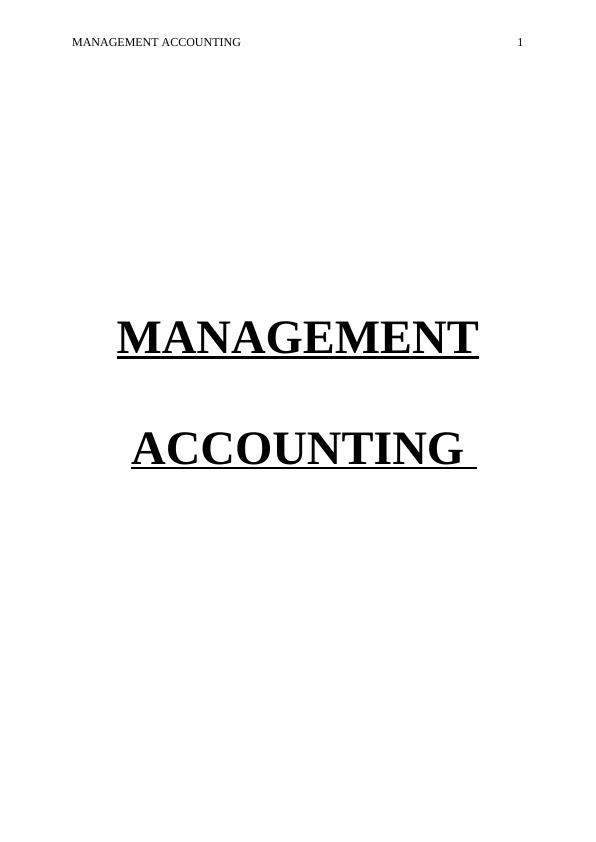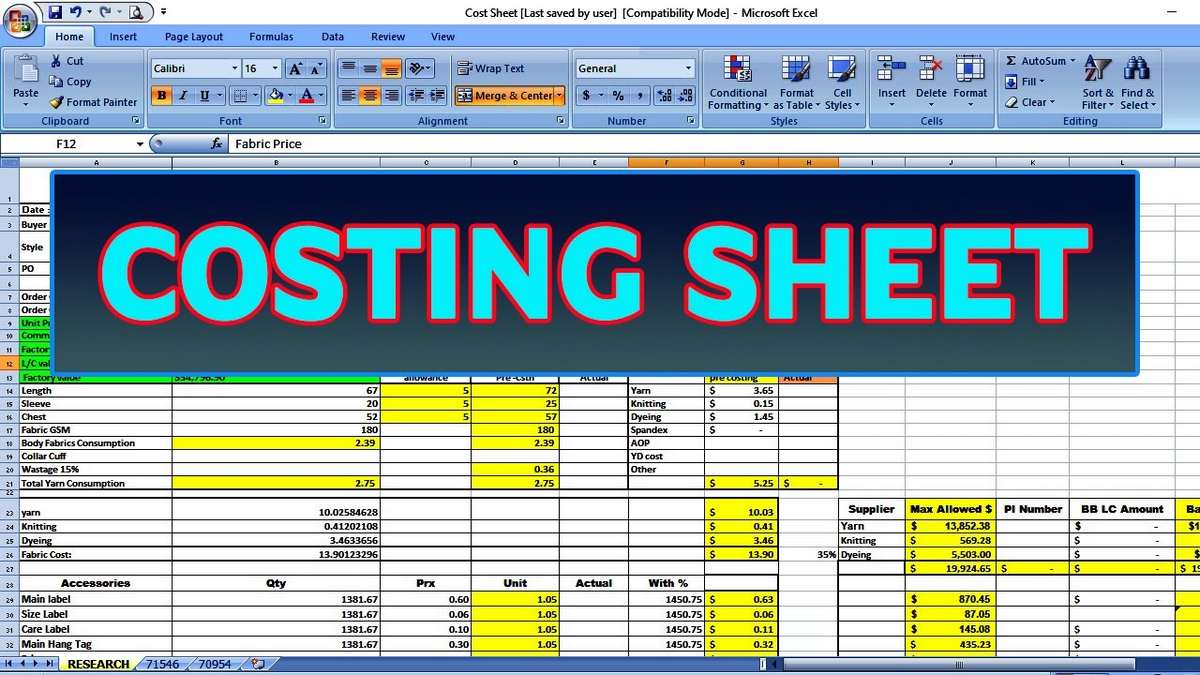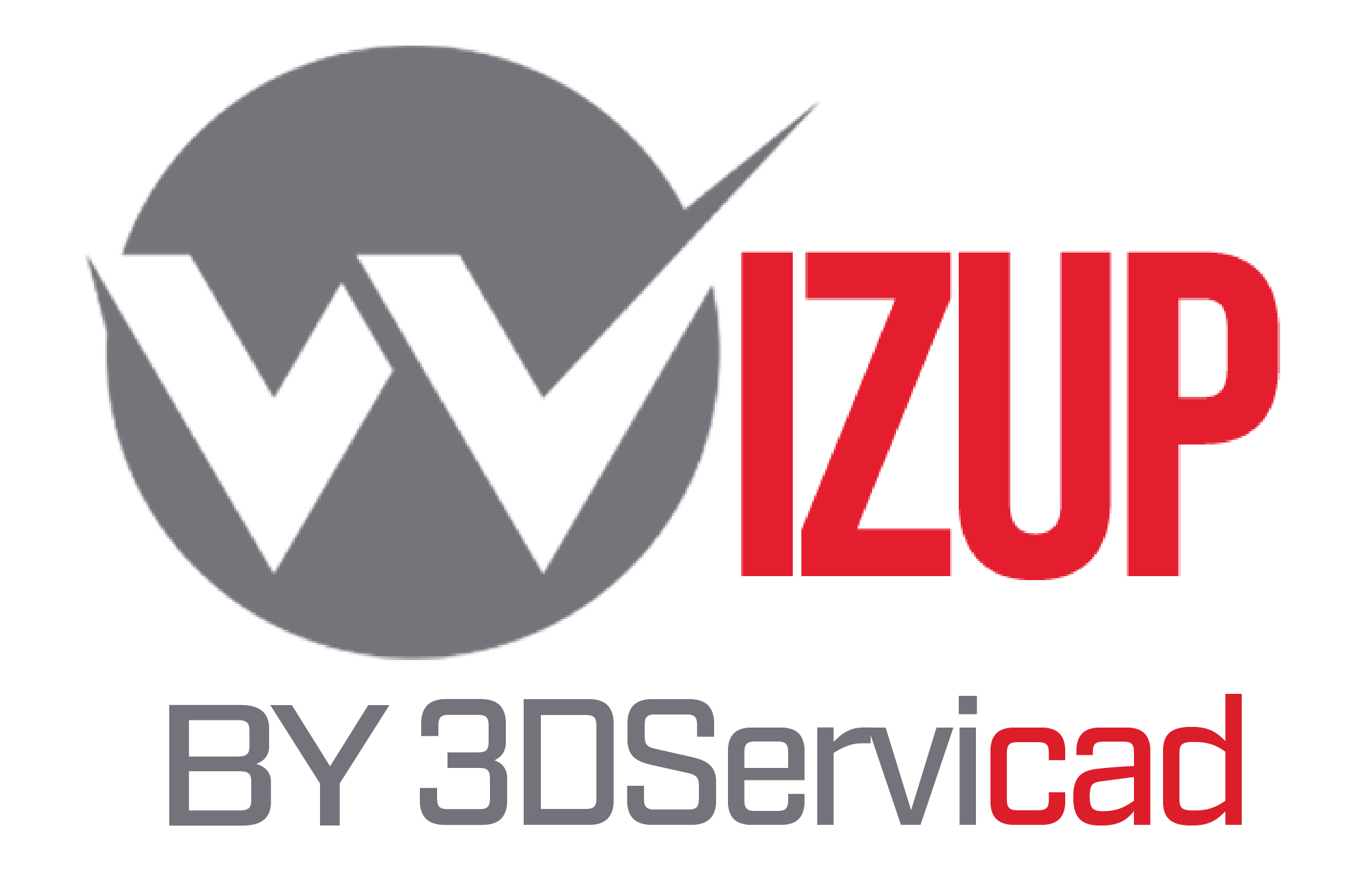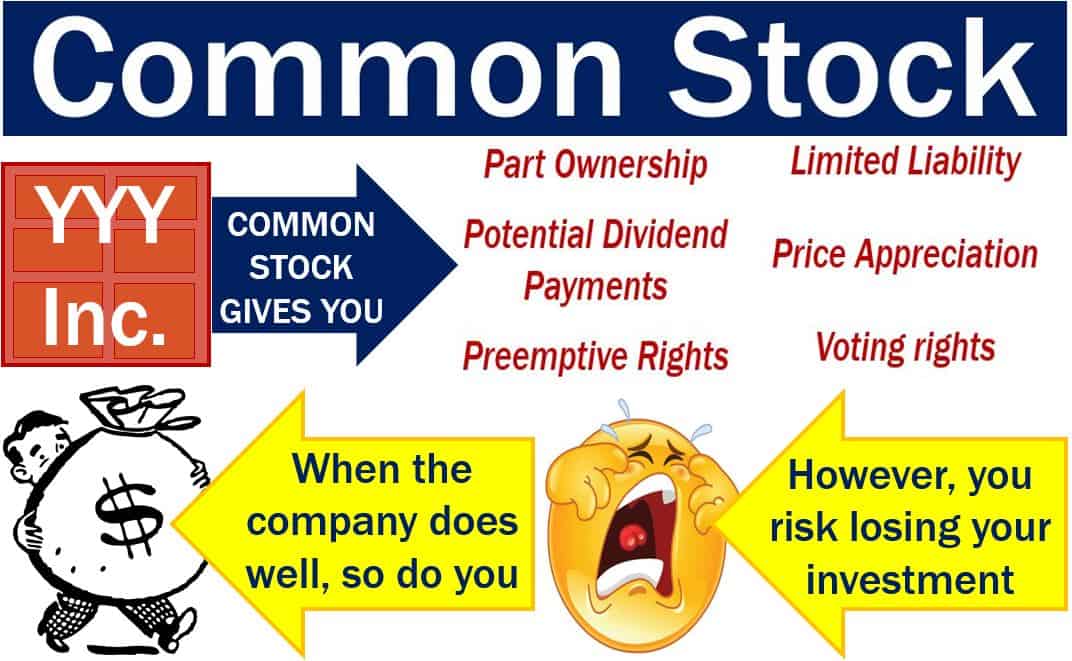
The costs of each support activity enter a cost pool and the relevant cost drivers areused to attach an amount of overheads from this pool to each unit of output. Setup costs and updating cost for example in the automobile industry is very high and ABC fails to inculcate it. Business with similar product and services output that require similar activities then the benefits from ABC are very limited. Another contractor has completed a conceptual design of an ABC systemfor a single product line and has committed to a pilot study. Theproduct line is exempt from cost and pricing data because it has acommercial item exclusion, and accordingly, no cost impact proposal wasprepared. This contractor brought the government into the process in theconceptual phase and believed that it was a good move.
What Are Some Advantages of Cost Accounting?
Unlike the Financial Accounting Standards Board (FASB)-driven financial accounting, cost accounting need only concern itself with insider eyes and internal purposes. Management can analyze information based on criteria that it specifically values; that information can then be used to guide how prices are set, resources are distributed, capital is raised, and risks are assumed. Marginal costing (sometimes called cost-volume-profit analysis) examines the impact on the cost of a product by adding one additional unit into production. Marginal costing can help management identify the impact of varying levels of costs and volume on operating profit. This type of analysis can be used by management to gain insight into potentially profitable new products, sales prices to establish for existing products, and the impact of marketing campaigns.
Management Planning
These standards reflect the management’s anticipation of what actual costs will be for the current period. These are the costs which the business will incur if the anticipated prices are paid for the goods and services and the usage corresponds to that believed to be necessary to produce the planned output. Basic standards are, however, well suited to businesses having a small range of products and long production runs. The essence of standard costing is to set objectives and targets to achieve them, to compare the actual costs with these targets. Standard Costing is used to ascertain the standard cost under each element of cost, i.e., materials, labours, overhead. Standard costs are determined for different elements of costs, including the standard cost of direct materials, direct labor, and various overheads.
Improve Cost Allocation Methods
- A cost center is a location, person, or item of equipment (or a group of these) for which costs may be ascertained and used for the purpose of cost control.
- The system design must give the cost of operation rather than products, and the standard should be simple.
- Benchmarking is strategy to emulate successful aspects of other projects, business or best practices in industry.
- One essential method companies use to track and manage expenses is standard costing—a system that assigns expected costs to products or services.
The trinkets are very labor-intensive and require quite a bit of hands-on effort from the production staff. The production of widgets is automated; it mostly consists of putting raw material in a machine and waiting many hours for the finished goods. It would not make sense to use machine hours to allocate overhead to both items because the trinkets hardly use any machine hours. Under ABC, the trinkets are assigned more overhead costs related to labor and the widgets are assigned more overhead costs related to machine use. While financial accounting presents information for external sources to review, cost accounting is often used by management within a company to aid in decision-making.

Cost accounting can be beneficial as a tool to help management with budgeting. It can also be used to set up cost-control programs, with the goal of improving net margins for the company how to estimate burden in the future. Cost accounting is a form of managerial accounting that aims to capture a company’s total cost of production by assessing all of its variable and fixed costs.
These articles and related content is not a substitute for the guidance of a lawyer (and especially for questions related to GDPR), tax, or compliance professional. When in doubt, please consult your lawyer tax, or compliance professional for counsel. Sage makes no representations or warranties of any kind, express or implied, about the completeness or accuracy of this article and related content. The system design must give the cost of operation rather than products, and the standard should be simple.
One of the primary benefits of standard costing in budgeting is its ability to streamline the forecasting process. With established cost benchmarks, companies can project future expenses with greater precision, reducing the likelihood of budget overruns. This predictive capability is particularly valuable in industries with fluctuating costs, as it enables businesses to anticipate changes and adjust their budgets accordingly. Moreover, standard costing helps in identifying cost-saving opportunities by highlighting areas where actual costs consistently fall below the standards. Standard costing is the cost accounting method that determines the expected cost for each product as a part of production planning or budgeting. It includes direct material, direct labor, and manufacturing overhead costs.
It can be used as a yardstick against which actual costs can be compared to measure efficiency. Instead of recording costs at the actual amounts, they are recorded using standard costs initially. Then later in the process, they are adjusted to match the actual amounts. Standard costing is a cost accumulation method that makes use of predetermined amounts known as standard costs.
Even though companies cannot use cost-accounting figures in their financial statements (or for tax purposes), they are important for internal controls. Assessing the difference between the standard—most efficient—cost and the actual cost incurred is called variance analysis. If the variance analysis determines that actual costs are higher than expected, the variance is unfavorable. If it determines the actual costs are lower than expected, the variance is favorable. The preceding list shows that there are many situations where standard costing is not useful, and may even result in incorrect management actions. Nonetheless, as long as you are aware of these issues, it is usually possible to profitably adapt standard costing into some aspects of a company’s operations.
Overhead costs, both variable and fixed, also play a vital role in standard costing. Variable overheads fluctuate with production levels, such as utility costs and indirect materials, while fixed overheads remain constant, like rent and salaries of permanent staff. Allocating these costs accurately ensures that the standard cost reflects the true cost of production. Traditionally, overhead costs are assigned based on one generic measure, such as machine hours. Under ABC, an activity analysis is performed where appropriate measures are identified as the true cost drivers. As a result, ABC cost accounting tends to be much more accurate and helpful when reviewing the cost and profitability of a company’s specific services or products.


















.jpeg)
.jpeg)